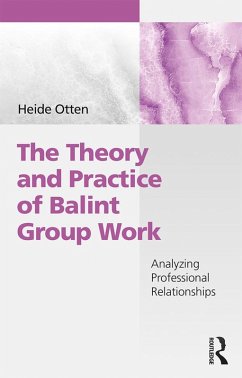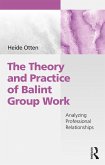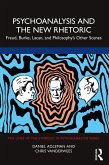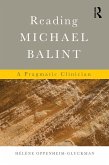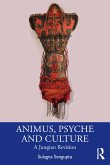The book begins with a history of the therapeutic relationship and its influence on the development of Balint's work. Otten demonstrates how the sessions work, and goes on to look at the practical aspects of Balint group work with various professional and student groups, with participants of different cultural backgrounds and nationalities, and internationally. The requirements for leading a Balint group are then explored, and the book concludes with research findings and a look at how the practice can be extended to other professional groups. Case material from the author's own work is included throughout, and suggestions for additional creative elements such as sculpting, role play and psychodrama are also featured.
The Theory and Practice of Balint Group Work is an essential guide for psychoanalysts, psychoanalytic psychotherapists, counsellors and medical practitioners and theorists coming to group work for the first time or utilising Balint's ideas in their day to day practice. It will also appeal to others working in the helping professions seeking to strengthen the therapeutic relationship.
Dieser Download kann aus rechtlichen Gründen nur mit Rechnungsadresse in A, B, BG, CY, CZ, D, DK, EW, E, FIN, F, GR, HR, H, IRL, I, LT, L, LR, M, NL, PL, P, R, S, SLO, SK ausgeliefert werden.
Heide Otten gives us a very complete and rich view about today´s evolution of the seminal work initiated 70 years ago by Michael Balint, with English general practitioners. This book reasserts the importance of the doctor-patient relationship. Be it in hospitals or ambulatory, the way doctors deal with their patients remains a corner stone of today's medical practice. As a tool which aids doctors in this particular area, Balint Groups have continually increased in importance. (Jorge Brandão, Vice President, International Balint Federation)
This book is a masterful exposition of the Balint group method in exploring the mysteries of clinician-patient relationships. Heide Otten, in calling upon her vast German and international experience, has written a superb book that provides a comprehensive overview of Balint group work, from its beginnings to methods, theoretical underpinnings and creative additions. Those experienced in Balint group work and those who are new to the method will welcome this new English edition. It is the book we have been waiting for. (Dr Frank Meumann, Past-President of the Balint Society of Australia and New Zealand, Chair of the Accreditation Committee and past CEO and Director of Training of General Practice Training Tasmania)

